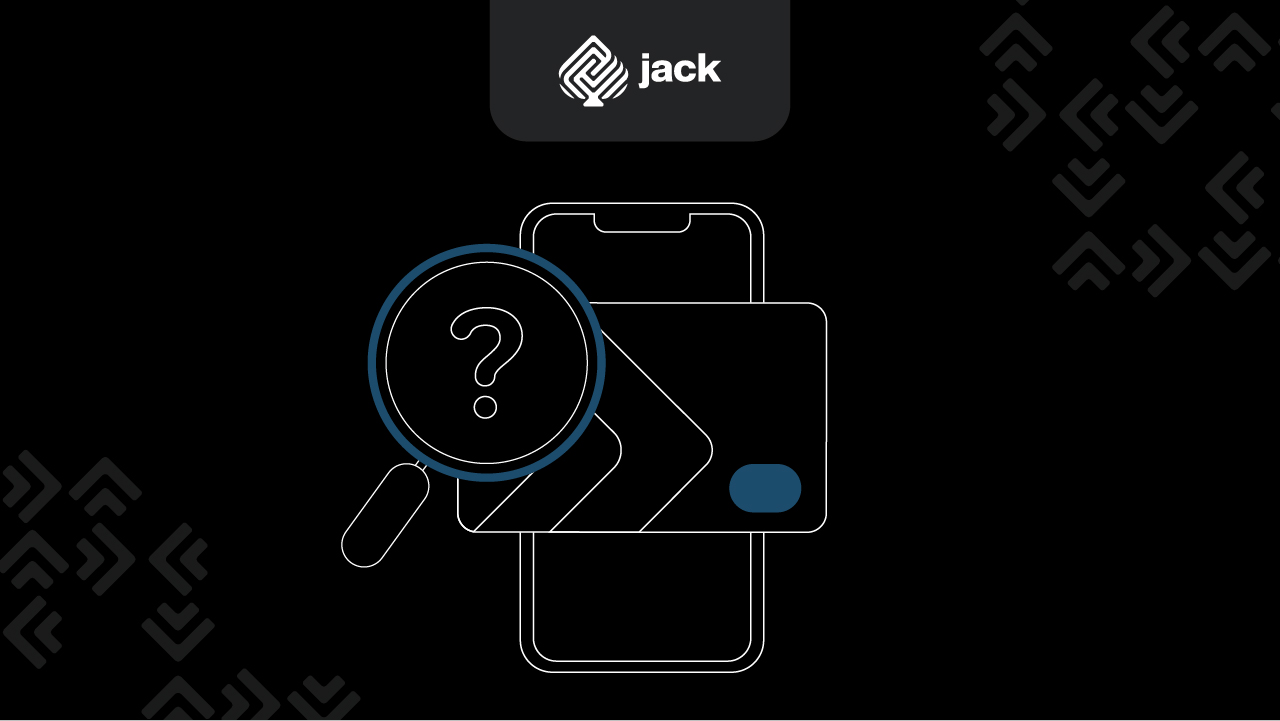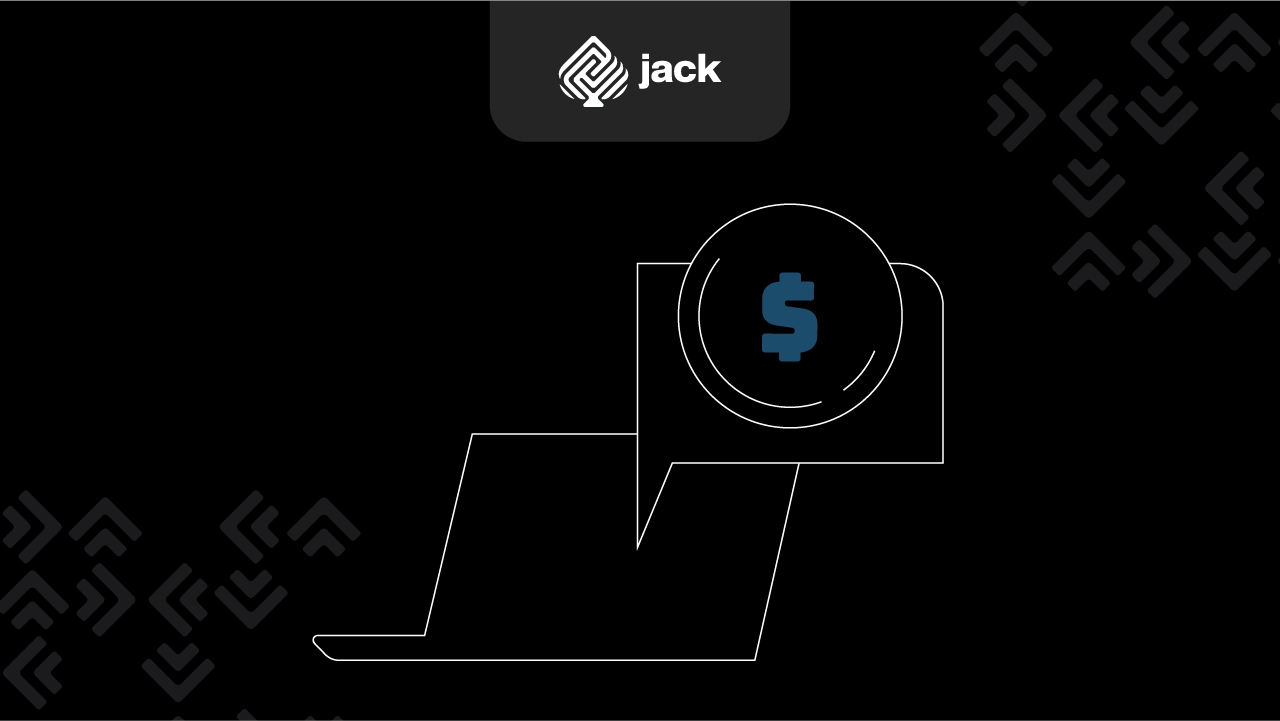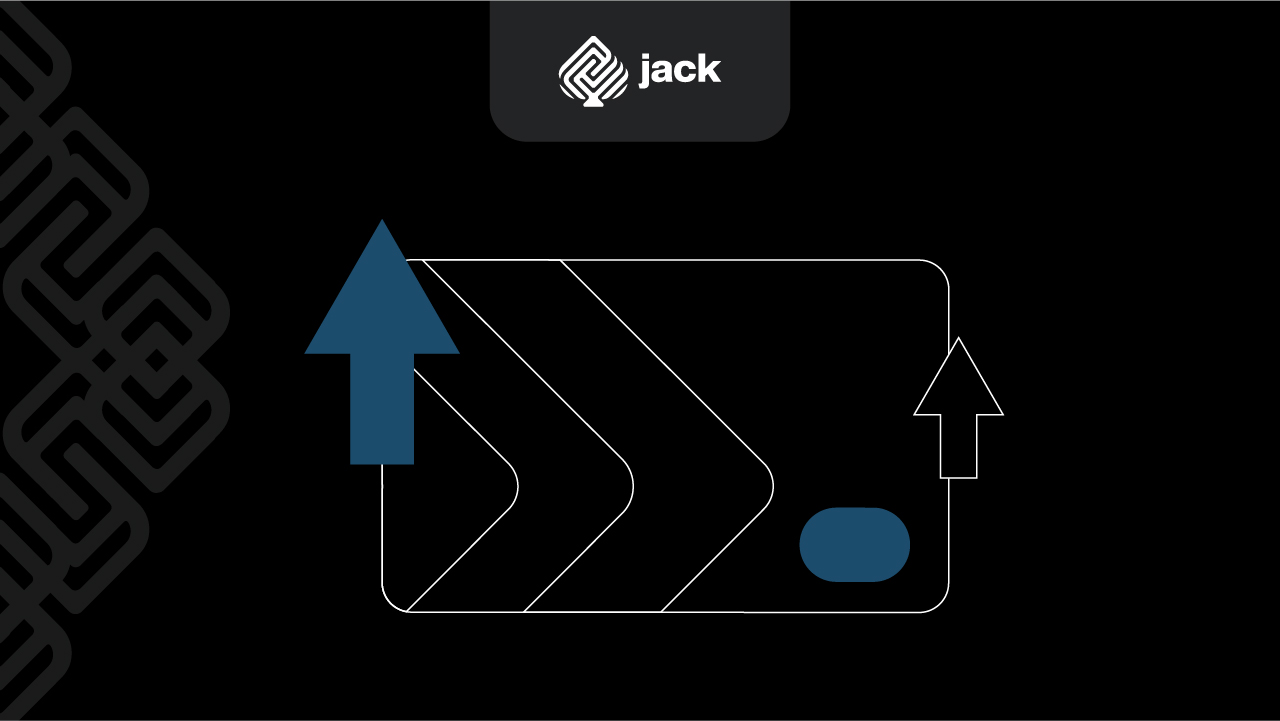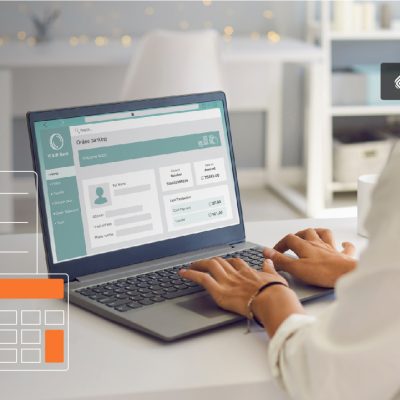Credit cards are an important part of managing business debts. It is important for business owners to understand how to create and use credit cards to avoid serious losses.
While debts have a negative connotation, they play an important role in supporting business growth. In fact, almost all countries have debts that can be used to boost economic growth in each country, so business owners cannot avoid debts.
What is a Credit Card?

A credit card is a part of the financial transaction or accounting recording system of a company, also known as a subsidiary ledger of debts.
As a subsidiary, this document plays a very important role as an extension of the general ledger that generally records all financial transactions for a certain period of time.
This credit card is a subsidiary ledger that will list all creditors as parties that provide credit, debt, or loans.
When a business only has a few creditors, it is possible to separate business debt accounts for each creditor in the general ledger. However, with a large number of creditors, the general ledger will contain a lot of information and documents, making it impractical and even confusing.
Function of Accounts Payable Card

What is an accounts payable card? It is a document that can be used to record credit purchases and contains complete information from creditors such as suppliers and vendors. In preparing this accounts payable card, there are several things that need to be considered to avoid errors in recording every debt.
The function of using this accounts payable card is to help in internal control and audit of accounts by looking at the balance of each creditor, preparing a report on the outstanding balance, ensuring that there are no errors in recording the balance in the general ledger account, preparing a report on expenses that have not been paid to each creditor, and facilitating the tracking of debt payments.
To ensure that the function of the accounts payable card works well, there are several things that need to be considered to make the report more valid.
Spend with Flexibility, Anywhere with Jack
Steps to Utilize Accounts Payable Card

In utilizing the accounts payable card, there are several steps that need to be considered. The steps in using the accounts payable card are as follows:
• Prepare transaction documents that will be needed, such as credit memos, purchase invoices, and cash disbursement receipts.
• Next, create an accounts payable card for each different creditor to facilitate the recording process. In creating this accounts payable card, it is necessary to determine the payment terms, taxes that must be paid, and penalties for late payments.
• Record credit purchases in the purchase journal and cash disbursements.
• Check the validity of the transaction documents used and ensure that the transaction documents have been approved by the purchasing department and cross-check the invoices with a receiving report.
• Ensure that the debt data in the accounts payable card can be adjusted with the data contained in the transaction documents and ensure that the amount of debt is not mixed up with other parties.
• Ensure that the detailed information in the transaction documents includes the creditor’s name, due date of payment, and transaction mark.
• Always check the outstanding balance and debt payment adjusted to the due date.
• Prepare a report on the outstanding balance and expenses that have not been paid to each creditor.
• Utilize the accounts payable card for internal control and account audit until it is ensured that there are no errors in using the balance in the general ledger account.
Things to Consider When Making Notes for Credit Card Transaction Records

1. Document Validity
There are several things that need to be done when creating notes for credit card transactions. The validity of the documents used to support the transaction activities must be ensured first.
For example, in the purchasing section, approval from the purchasing factor should have been obtained, and the invoice should be cross-checked by creating a goods received report.
The validity of the documents will serve as a source for creating a careful credit card record.
2. Accuracy of Debt Data
The report included in the credit card record should be the same as the data in the transaction documents. For example, a purchase invoice from one creditor should not be confused with another creditor.
It is important to understand that the amount of debt recorded on the card must also be adjusted to the transaction documents. This will avoid mistakes in the data entered in the general ledger.
3. Detailed Information
In the auxiliary ledger for trade debts, detailed information about the debts of the company in question has been provided. Therefore, the transaction document data must contain detailed information to facilitate the preparation of reports, such as the transaction date, creditor’s name, and payment due date.
4. Credit Card Format
Each company has different needs and business policies. This is because the credit card format used can also vary from each company.
However, it should be noted that the credit card usually contains information such as the creditor’s name, account number, transaction date, debit and credit columns, description, and debt balance. Therefore, when creating credit card records, the format should be adjusted to make it easier to read the general ledger.
See also video tutorials from financial and business from Jack.






